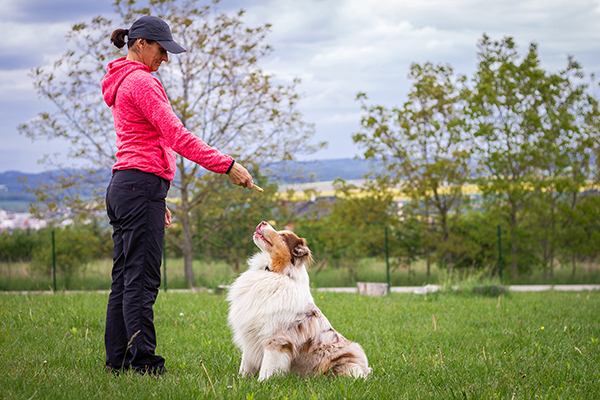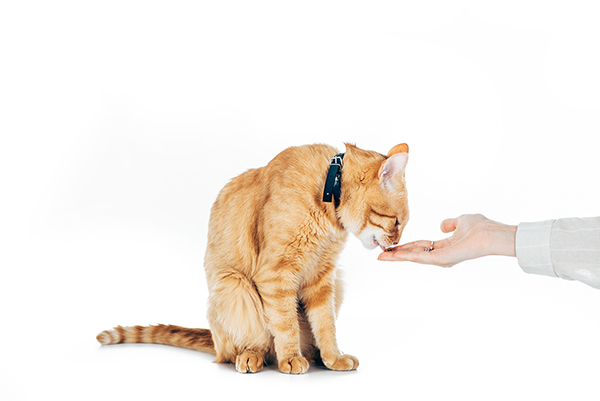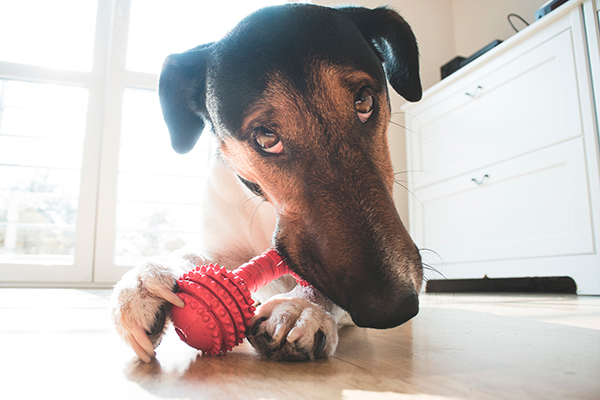Here’s a hint: treats usually help. Consider these simple tips from the treating experts at the PEDIGREE® DENTASTIX™ and TEMPTATIONS™ brands to help guide the training process. For more information on finding the right treats for your furry friends, visit temptationstreats.com for cats and pedigree.com for dogs.

Be Patient, Start Slow
Remaining patient is key to training your dog or cat. Your pet most likely wants to do right by you, but fully understanding what you’re looking for can take time. Changing behaviors can take weeks to months, depending on how rewarding that behavior has been to your pet. When trying to get your pet to learn to do something different, be repetitive and increase your training time a little bit each day until the new behavior is achieved.

Reward with Treats
There’s nothing wrong with giving your pet a treat when he or she does well, as long as you don’t give too many. This is likely to garner a positive response during training. If you are training your new kitty to use the litter box or not to scratch, try keeping a bag of feline-favorite treats nearby, like TEMPTATIONS Treats. Just one shake of the bag can make your cat come running from anywhere in the house. The more your pet can associate good behavior with rewards, the more likely he or she is to repeat that learned behavior.

Acknowledge Good Behavior
When training your pets to listen or respond, it is important to let them know when they get a command right by acknowledging good behavior. Pets can be quick learners, so it’s up to the owners to be fast with letting them know they did something right. The moment your pets respond on command is the instant you should show them you recognize their good work. A clicker can be an effective way to acknowledge pets’ good behavior by providing a clear sound to tell them, “good job, I’m getting your treat.”

“Chews” Wisely
Dogs love to chew and can often mistake shoes or personal items as toys. To keep them away from your throw pillows and other household items, it is important to give them safe, smart pet toys that can also satisfy their need to chew as they mature. In addition to chew toys, you can also try giving your dogs dental chews, like PEDIGREE DENTASTIX Treats. Your dogs may think it’s just a yummy snack, but really it helps to maintain their oral health, while giving them the chewing fix they need. Plus, you’ll be able to get closer to them for hugs and snuggles without bad dog breath getting in the way.
Photos courtesy of Adobe Stock
SOURCE:
Mars Petcare




No comments:
Post a Comment